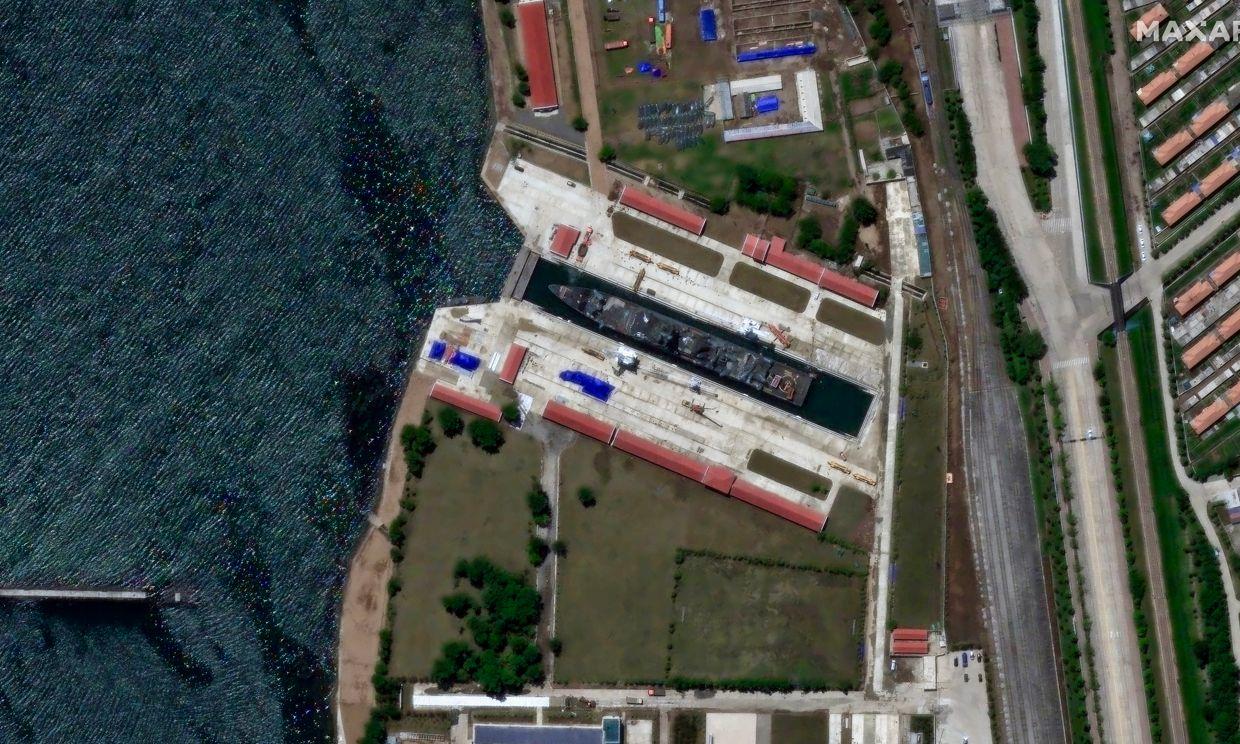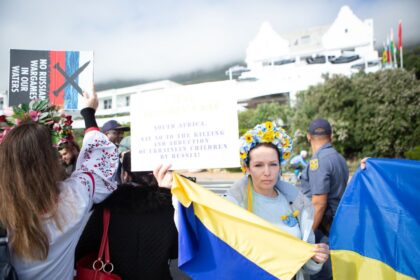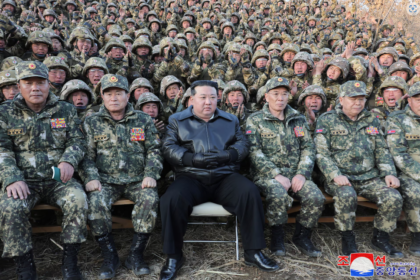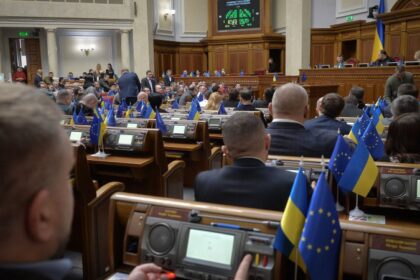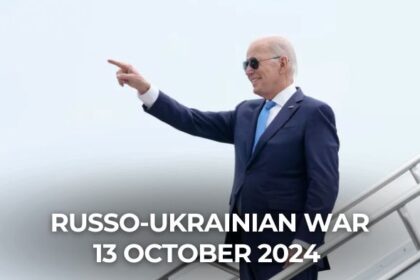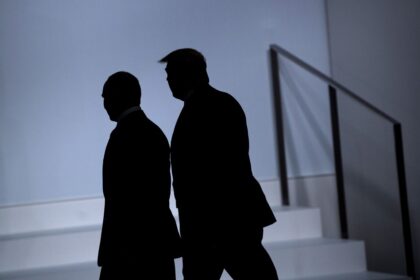**Russia’s Military Partnership with North Korea Deepens: Analysis and Implications**
In a significant development, the Wall Street Journal has reported that Russia appears to have provided extensive assistance to North Korea in designing and constructing two advanced destroyers, the most modern vessels in Pyongyang’s fleet. The Choe Hyon-class destroyers were built in just over a year, a remarkably fast timeline that analysts believe would have been impossible without foreign support.
The Russian design influence on these ships is evident from satellite imagery and launch footage. The distinctive bow and stern structure of Russia’s Admiral Grigorovich-class frigates can be seen on the North Korean destroyers. This collaboration is part of deepening military ties between Russia and North Korea, which has been growing in recent years.
**Failed Launch and Consequences**
In a failed launch attempt last month, one of the destroyers capsized in front of Kim Jong Un, the North Korean leader. The incident was met with outrage from Kim, who condemned it as a “criminal act” and placed blame on several state institutions for “irresponsibility.” The malfunction during the launch caused the stern of the ship to slide into the water too early, leading to damage and ultimately resulting in the failure.
This mishap highlights the challenges North Korea faces in its military modernization efforts, even with foreign support. The recovered wreck was later repaired, but it underscores the importance of robust testing procedures and proper maintenance for such complex projects.
**Russian Technology Transfer**
The Russian Pantsir-M system, an advanced air-defense system, has been spotted on one of the North Korean destroyers. This marks the first time this technology has been seen on a non-Russian warship. The presence of this sophisticated system on a foreign vessel suggests that Russia is willing to share its military expertise with other nations.
**Broader Implications**
The reported assistance by Russia to North Korea comes as part of broader cooperation between the two nations. In 2024, Pyongyang shipped millions of artillery shells and ballistic missiles to Russia alone, further solidifying their partnership. This collaboration extends into drone production, where North Korea has agreed to begin manufacturing Iranian-designed Shahed-136 drones on its territory.
**Increased Investment in Small Drones**
As news editor Tim Zadorozhnyy at The Kyiv Independent notes, this development aligns with Russia’s increased budget allocation for small drones. These small but effective aircraft have proven their value in combat, particularly during the Ukrainian conflict.
**Russian-Ukrainian Conflict Escalation**
The ongoing war between Ukraine and Russia continues to escalate, with recent reports of explosions in Moscow overnight on June 26. This incident has led to airport closures, as Russian authorities claimed that two drones were shot down.
**International Response**
The world’s reaction to this development is mixed. Some countries are increasing pressure on Russia with stricter sanctions, while others are engaging in diplomatic efforts to resolve the conflict peacefully.
In a separate development, Ukraine and the Council of Europe signed an agreement establishing a Special Tribunal for the Crime of Aggression, aimed at prosecuting Russian leadership for their actions during the full-scale invasion.
**Conclusion**
The collaboration between Russia and North Korea serves as a testament to the deepening military ties between these nations. As we continue to monitor this development, it is essential to consider its implications on global security dynamics. The increasing sophistication of military technology transfer and shared expertise have significant consequences for regional stability and beyond.




